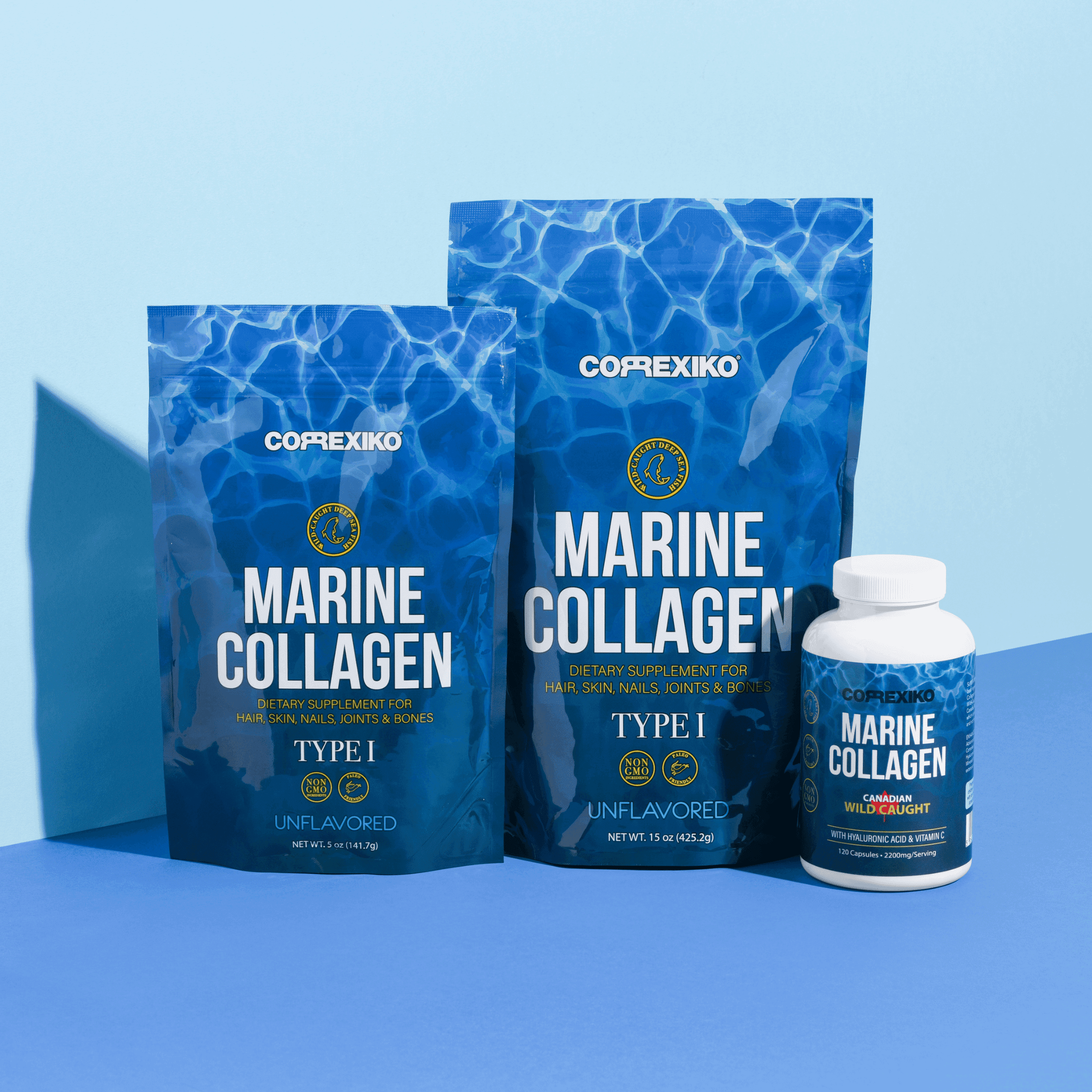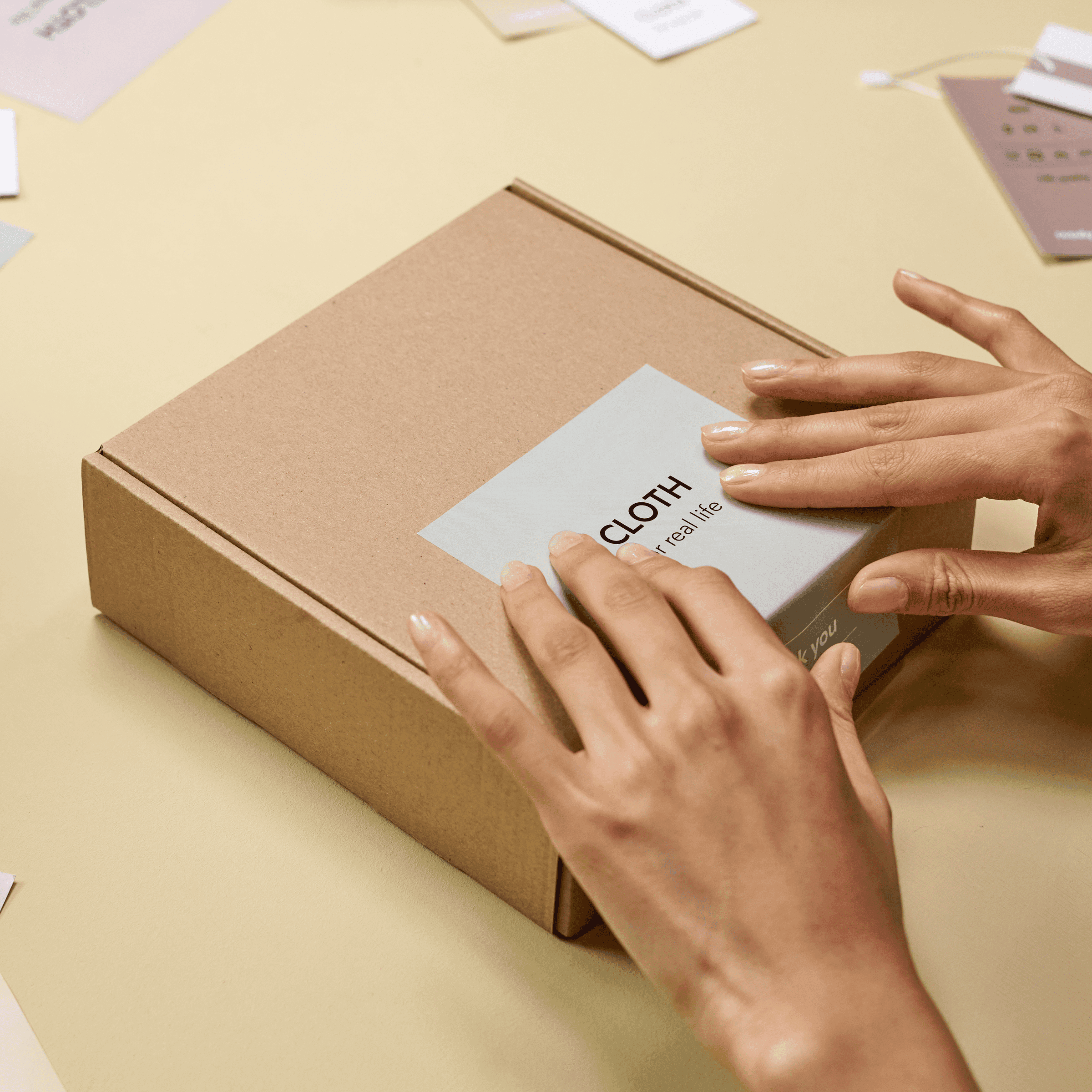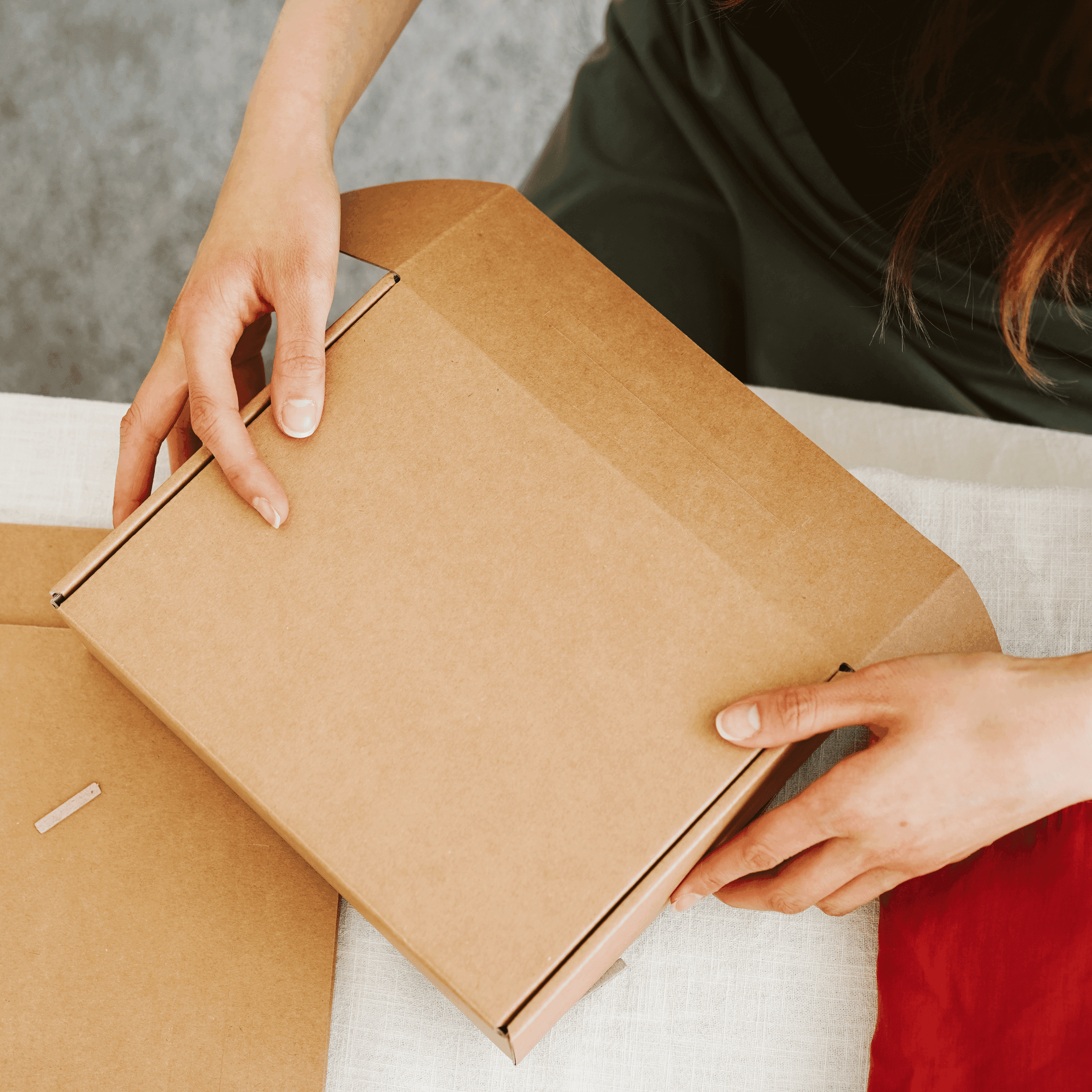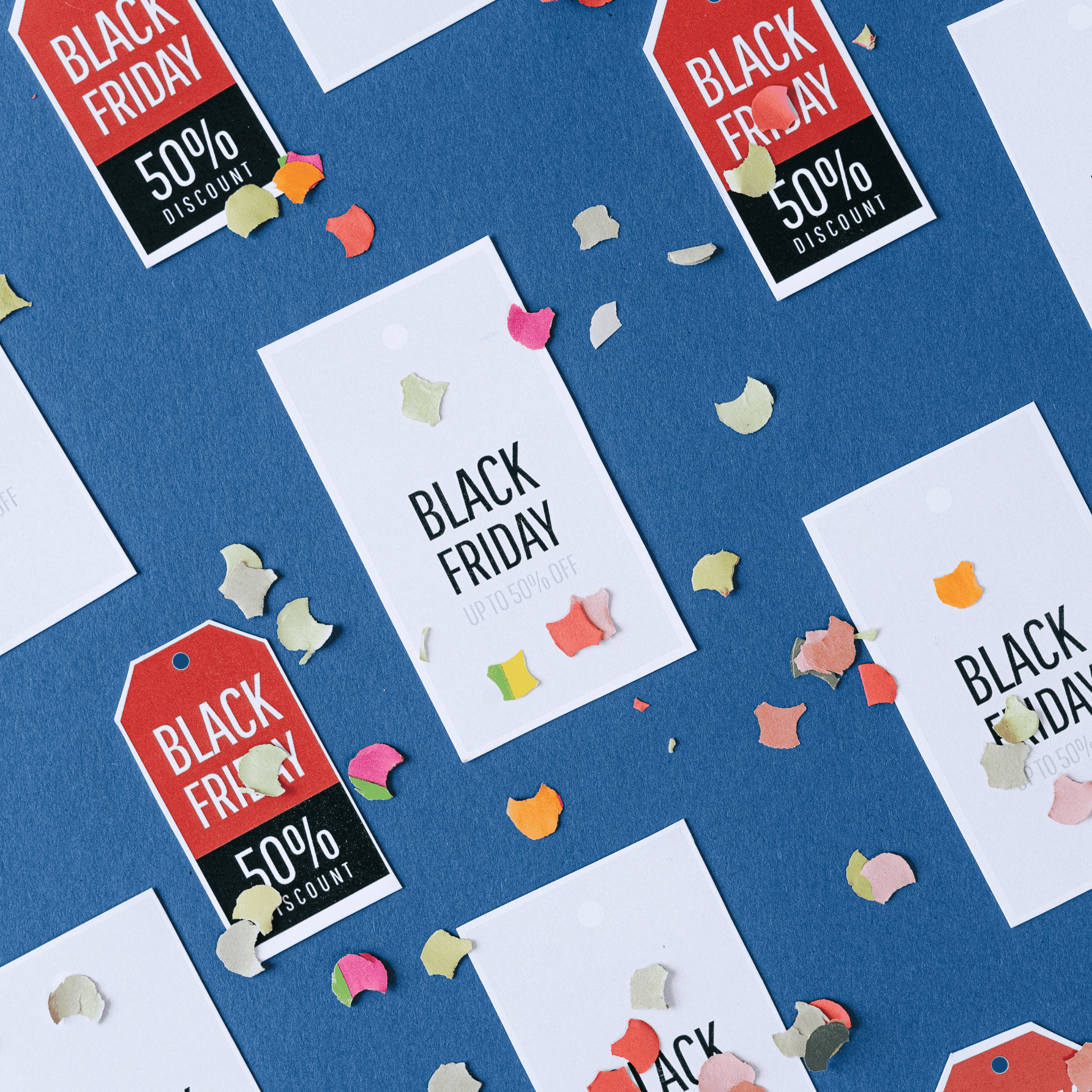For many ecommerce founders, early-stage growth is marked by late nights packing orders, frequent post office runs, and a mounting list of operational headaches. While fulfilling orders in-house may seem manageable in the beginning, it quickly becomes a roadblock as volume increases and complexity grows. At a certain point, continuing to manage fulfillment internally can stunt your growth, drain resources, and reduce customer satisfaction.
This article outlines the key signs that indicate it's time to outsource fulfillment to a third-party logistics (3PL) provider, the business advantages of doing so, and how to make a smooth transition from DIY to scalable operations.

What Is a 3PL?
A third-party logistics provider (3PL) is an outsourced partner that manages core supply chain functions such as warehousing, inventory management, order fulfillment, shipping, and in some cases, returns and kitting. For ecommerce businesses, partnering with a 3PL can provide the operational infrastructure needed to support long-term growth without the overhead of managing logistics in-house.
Key Indicators That It’s Time to Transition to a 3PL
Recognizing when to hand off fulfillment is critical to maintaining growth momentum and protecting customer experience. Here are the most common signs that it’s time to engage a 3PL:
1. Order Volume Is Outpacing Internal Capacity
If you’re consistently fulfilling more than 100 to 200 orders per month, your time is better spent driving sales and improving customer experience than taping boxes and printing labels. High order volume strains in-house operations and increases the likelihood of errors and delays.
2. Storage Space Is Limited or Disorganized
Running out of physical space to store inventory—whether in your office, basement, or a small leased unit—is a clear sign that it’s time to transition. 3PLs offer warehousing solutions that accommodate palletized inventory, bulk products, and SKU-level tracking across multiple zones.
3. Shipping Costs Are Eroding Profit Margins
Small brands often pay higher shipping rates due to lower volume. 3PLs negotiate bulk discounts with carriers and optimize packaging to reduce dimensional weight (DIM) fees. Additionally, strategic warehouse locations allow you to reduce delivery times and last-mile shipping costs.
4. Fulfillment Is Taking Focus Away from Core Growth Activities
Spending several hours per day on packing, shipping, and inventory tracking is unsustainable for any founder. If logistics is preventing you from launching new products, expanding marketing efforts, or refining your business model, it’s time to delegate.
5. You’re Expanding into New Channels or Markets
Selling on multiple platforms (Shopify, Amazon, Walmart, Faire) or expanding into retail requires an advanced logistics infrastructure. A 3PL that supports omnichannel fulfillment and retail compliance (such as EDI labeling and ASN processing) can help you scale quickly and avoid chargebacks.

Benefits of Partnering with a 3PL
Outsourcing logistics to a 3PL is more than a tactical move—it’s a strategic growth decision. The right 3PL partner provides:
Fast, Reliable Fulfillment
With dedicated staff, optimized pick-and-pack workflows, and nationwide carrier integrations, a 3PL enables faster shipping, better tracking, and more predictable delivery windows.
Improved Inventory Visibility
Many 3PLs offer real-time inventory dashboards and software integrations, allowing you to monitor stock levels, forecast demand, and automate reordering processes.
Lower Overhead and Operational Efficiency
Outsourcing eliminates the need to lease warehouse space, hire fulfillment staff, or manage shipping software. This frees up capital and reduces fixed overhead.
Custom Packaging and Kitting Capabilities
3PLs can accommodate custom packaging, promotional inserts, subscription box kitting, and multi-SKU bundles, helping you create a premium brand experience at scale.
Retail and Regulatory Compliance
A strong 3PL partner will support bonded warehousing, customs compliance, lot and batch tracking, FDA or hazmat handling, and other requirements necessary for regulated or international distribution.
Common Pitfalls of Delaying Fulfillment Outsourcing
Many brands delay outsourcing due to perceived costs or fear of losing control. However, failing to transition at the right time can result in:
- Increased fulfillment errors and customer complaints
- Bottlenecks that limit sales potential during seasonal peaks
- Higher per-unit shipping and labor costs
- Burnout for founders and early team members
A proactive fulfillment strategy can protect margins, improve customer satisfaction, and accelerate business growth.

When You Should Not Outsource Fulfillment
While outsourcing is beneficial for most growth-stage brands, it may not be the right fit in the earliest phases of development. You may want to delay the move if:
- You fulfill fewer than 50 orders per month
- You are still validating your product or market fit
- Your product requires complex, hands-on customization or assembly
- You don’t yet have standardized SKUs or barcodes
In these cases, it may be better to start with a hybrid fulfillment model or partner with a flexible 3PL that can grow with your business.
What to Look for in a 3PL Partner
Choosing the right 3PL is critical to your long-term success. Evaluate providers based on:
- Experience with your product type and shipping profile
- Warehouse locations relative to your customer base
- Technology integrations with your ecommerce platforms and OMS
- Custom packaging and labeling capabilities
- Retail fulfillment and EDI compliance
- Transparent pricing and flexible terms
- Support for bonded warehousing and duty deferral, especially if you import inventory internationally
At Snapl, we support ecommerce brands, importers, and CPG companies with end-to-end logistics—covering everything from storage and compliance to repackaging and direct-to-consumer shipping.

How to Transition to a 3PL Without Disruption
A smooth transition requires upfront planning and collaboration. Here’s how to prepare:
- Organize and Standardize Your SKUs
Ensure your products are labeled, barcoded, and documented clearly. Provide dimensions, weights, and packaging requirements. - Share Forecasts and Historical Data
Provide sales velocity, seasonal demand spikes, and restock schedules so your 3PL can staff and stock appropriately. - Define Customization or Kitting Needs
Whether you require subscription box assembly or retail-ready shelf packs, communicate your needs clearly. - Integrate Systems
Sync your ecommerce platform, inventory system, and order management software with your 3PL’s system for seamless order flow. - Pilot Before You Scale
Consider starting with a small subset of products or one fulfillment region before expanding full inventory control.
Fulfillment as a Growth Lever
Outsourcing fulfillment is not just a cost-saving measure—it’s a growth-enabling strategy. By transitioning fulfillment to a trusted 3PL at the right time, ecommerce brands can unlock operational efficiency, protect customer satisfaction, and focus on scaling.
Whether you’re shipping direct-to-consumer, entering wholesale retail, or managing imports under a bonded program, a well-aligned logistics partner ensures that your operations stay as agile and reliable as your brand.
Explore Fulfillment Services Built for Growth
Snapl offers customized 3PL solutions for ecommerce and omnichannel brands. With bonded warehousing, retail compliance, and scalable infrastructure, we help you transition from startup to enterprise seamlessly.

Tired of packing boxes and chasing carriers?
Contact Us





